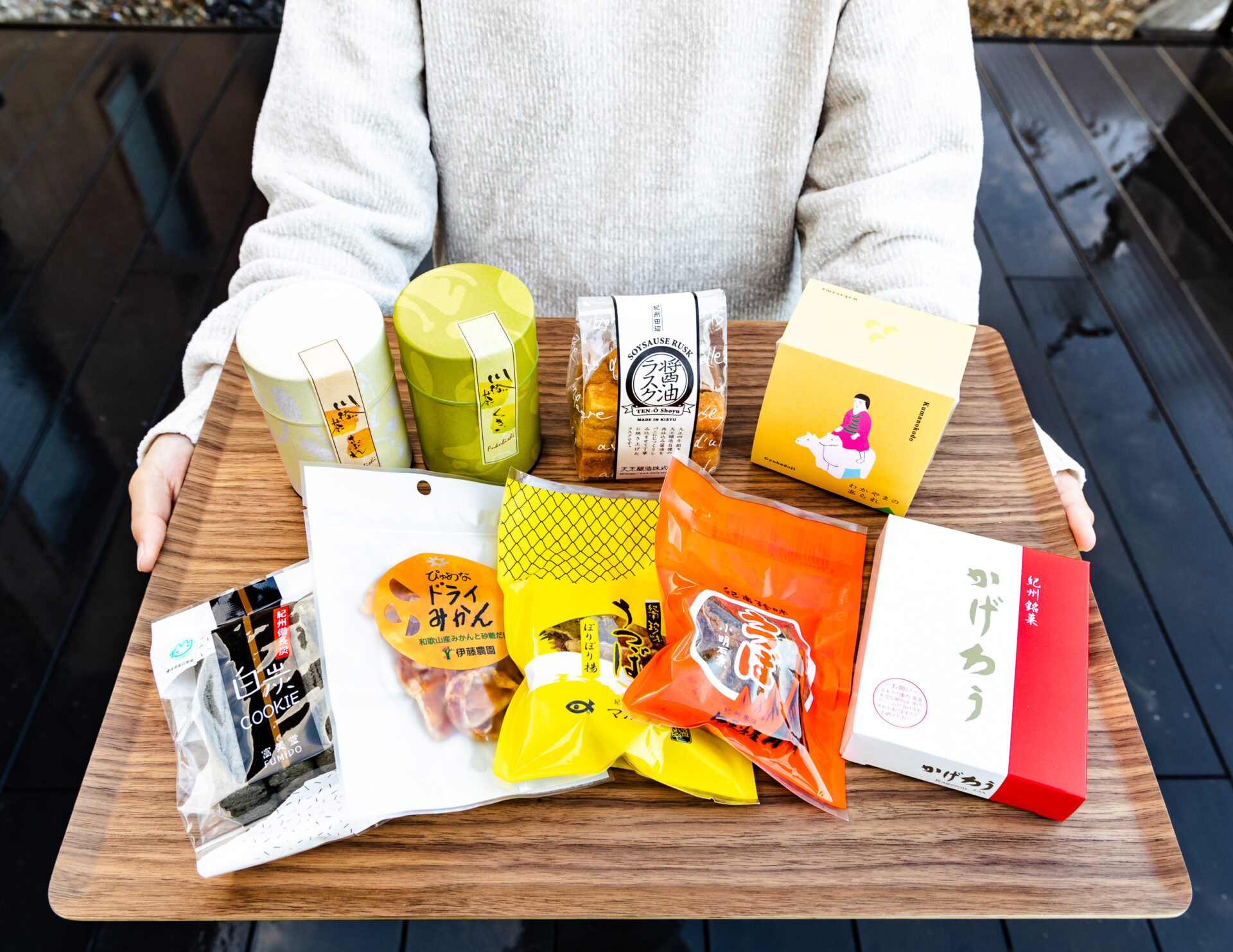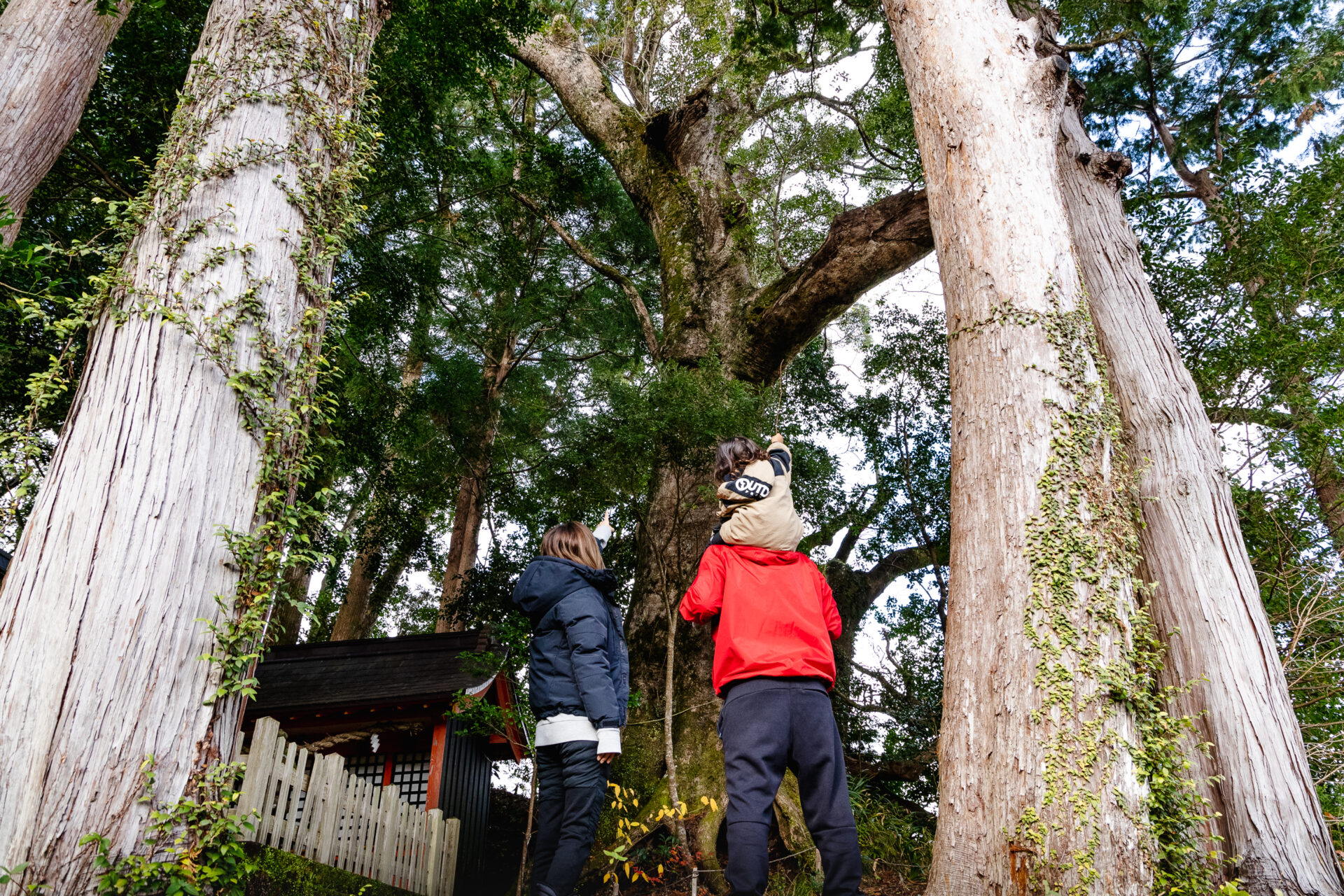
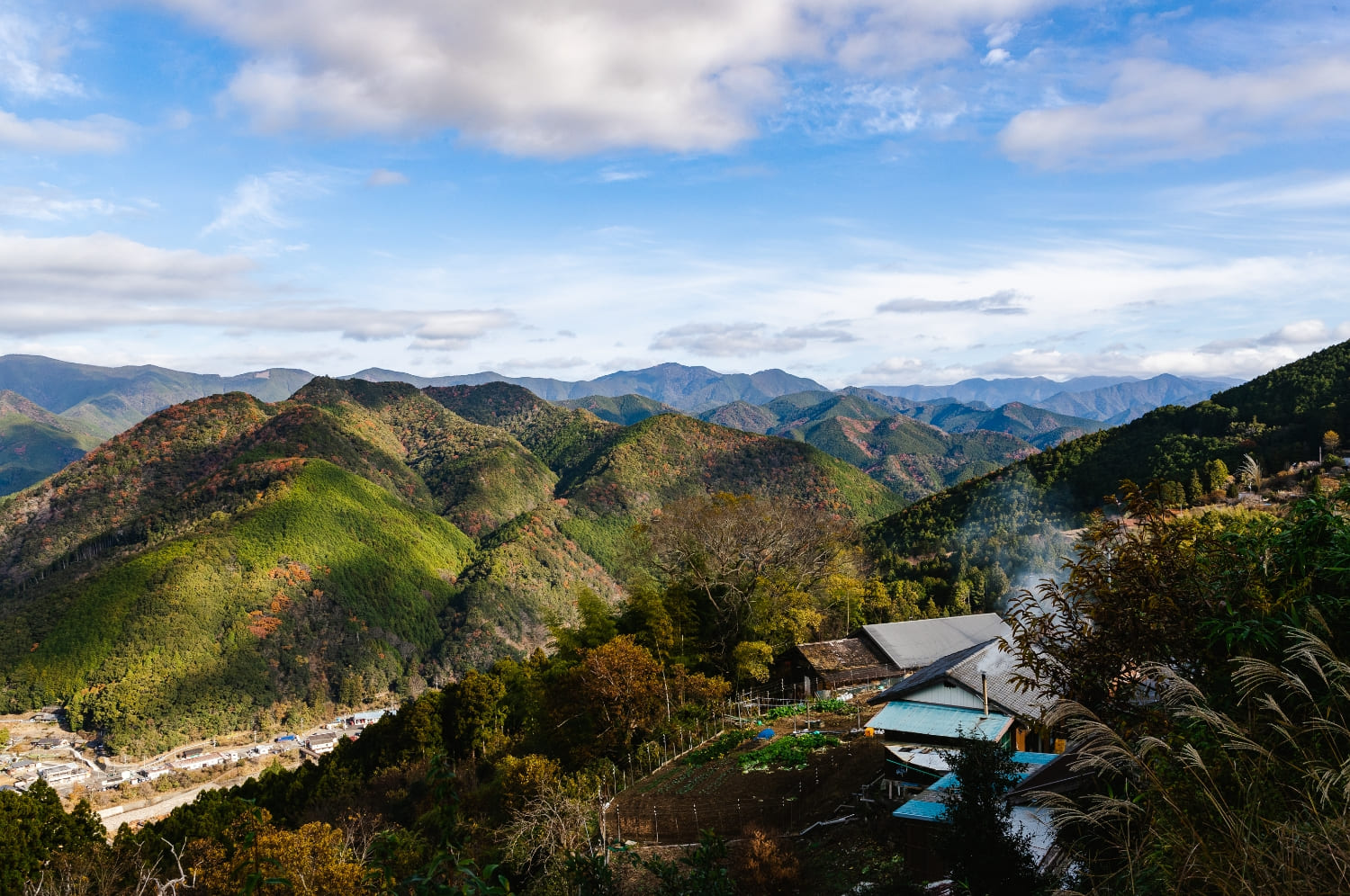
Ootorii in Kumano Hongu Taisha and Oyunohara|The history and the spots you might want to know before visiting
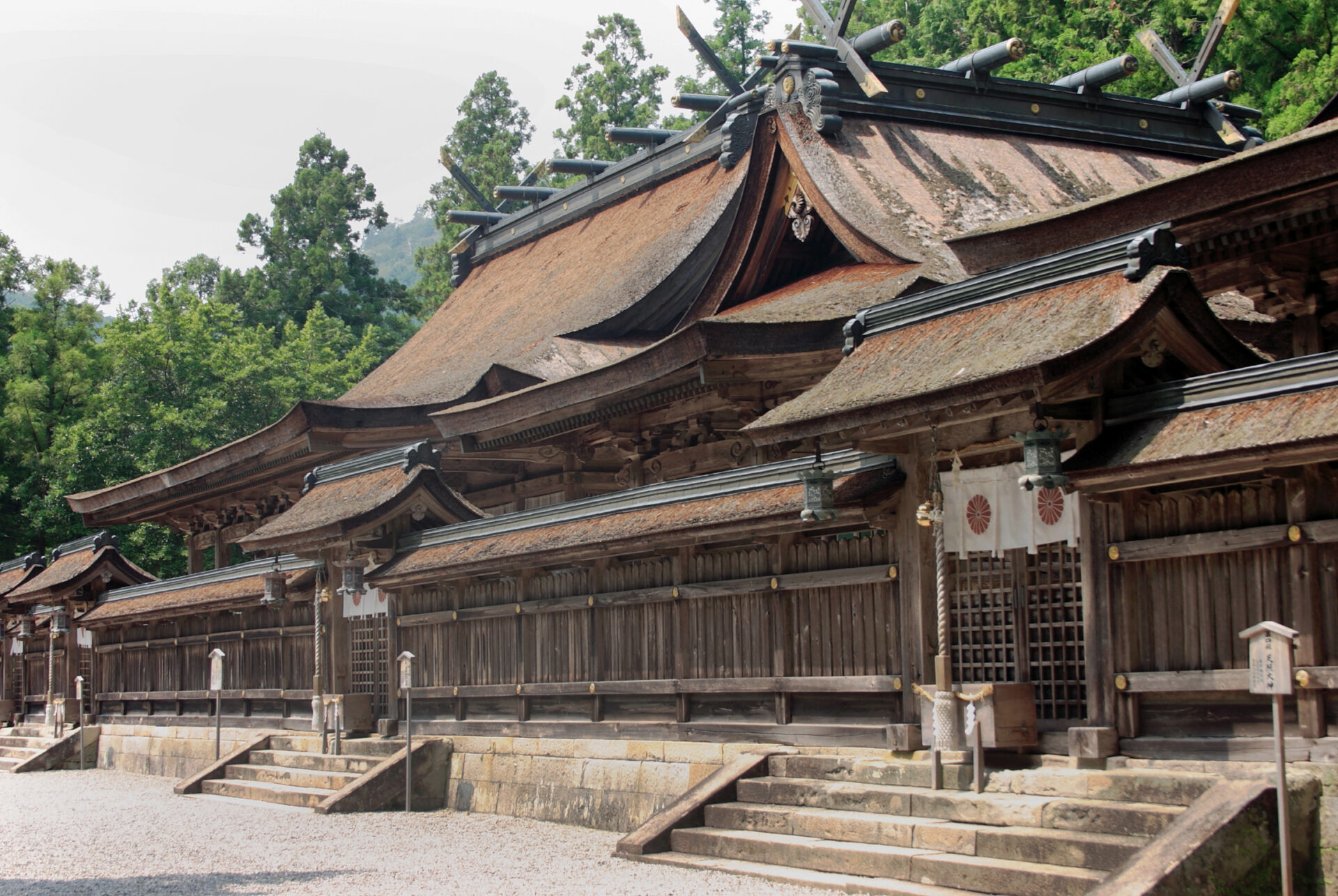
Kumano Hongu Taisha is one of the three Kumano Sanzans in Tanabe City, Wakayama Prefecture. Together with Kumano Nachi Taisha Shrine in Nachi Katsuura Town and Kumano Hayatama Taisha Shrine in Shingu City, it is also the headquarters of Kumano Shrine, which has more than 4,000 shrines nationwide. The pilgrimage route to Kumano Sanzan is called “Kumano Kodo” and is registered as a World Heritage Site, so Kumano Hongu Taisha is part of the World Heritage Site.
In this article, we will explain the history of Kumano Hongu Taisha and introduce the highlights and famous spots of Kumano Hongu Taisha that are absolutely indispensable to visitors. Information on red ink stamps, access, and parking are also here!
What is Kumano Hongu Taisha? Introducing the history and god
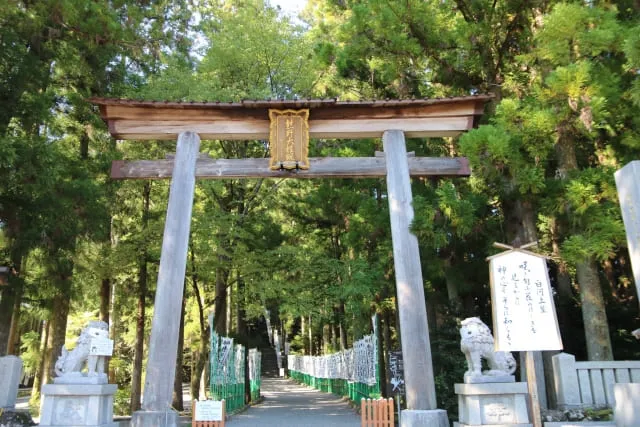
We will be introducing the history and the characteristics of “Kumano Hongu Taisha,” as well as the reason why it was registered as a World Heritage site, and the gods enshrined there. The information about the red ink stamp and the amulets that can be received are also included.
If you visit after learning about Kumano Hongu Taisha and Kumano Kodo, you can enjoy it even more.
The history and the characteristics of Kumano Hongu Taisha
The Kumano Hongu Taisha Shrine, the center of the Kumano pilgrimage, is surrounded by three rivers: the Kumano River, the Otonashi River, and the Yomura River, which provide breathtaking scenery during cherry blossom and autumn foliage seasons. Also, you can see fantastic figures that are different from the daytime during the morning sun and sunset.
According to the Imperial Chronicles and Shrine Engi, Kumano Hongu Taisha originated in 33 B.C. when a shrine was built in Oyunohara, the middle state of three rivers. It is said that the Kumano Hongu Taisha in Oyunohara was built due to the words of the three moons that descended on a giant yew tree in Oyunohara. The moon in the middle said “I am Susanoo-no-Mikato, and the moons on both sides are Izanami-no-Mikoto and Hayatama-no-Onomikoto. Build a shrine and worship.”
Currently, the main shrine is located about 500 meters away from Oyunohara. In the former shrine site of Oyunhara, the tallest shrine in Japan, Otorii remains, and the gods are enshrined in different shrines.
The reason for this was the great flood in the Meiji period. Until then, the main shrine was equipped with a Noh stage, which was about eight times larger than today. However, due to the great flood in Meiji 22, one of the shrines was relocated from Oyunohara to its current location in Meiji 24. Even in the Heisei era, Oyunohara and Zuihoden were severely damaged again by the Kii Peninsula Great Flooding, but in 2014, Zuihoden was rebuilt and reconstructed.
Since Kumano Hongu Taisha is composed of three shrines, it is also called Kumano Sansho Gongen, or Kumano Juunisha Gongen because the god is enshrined in the twelve temples. It also used to be called “Kumanoimasu Shrine,” or “God in Kumano.”
World Heritage Sites “Sacred Sites and Pilgrimage Routes in the Kii Mountain Range” and Kumano Hongu Taisha
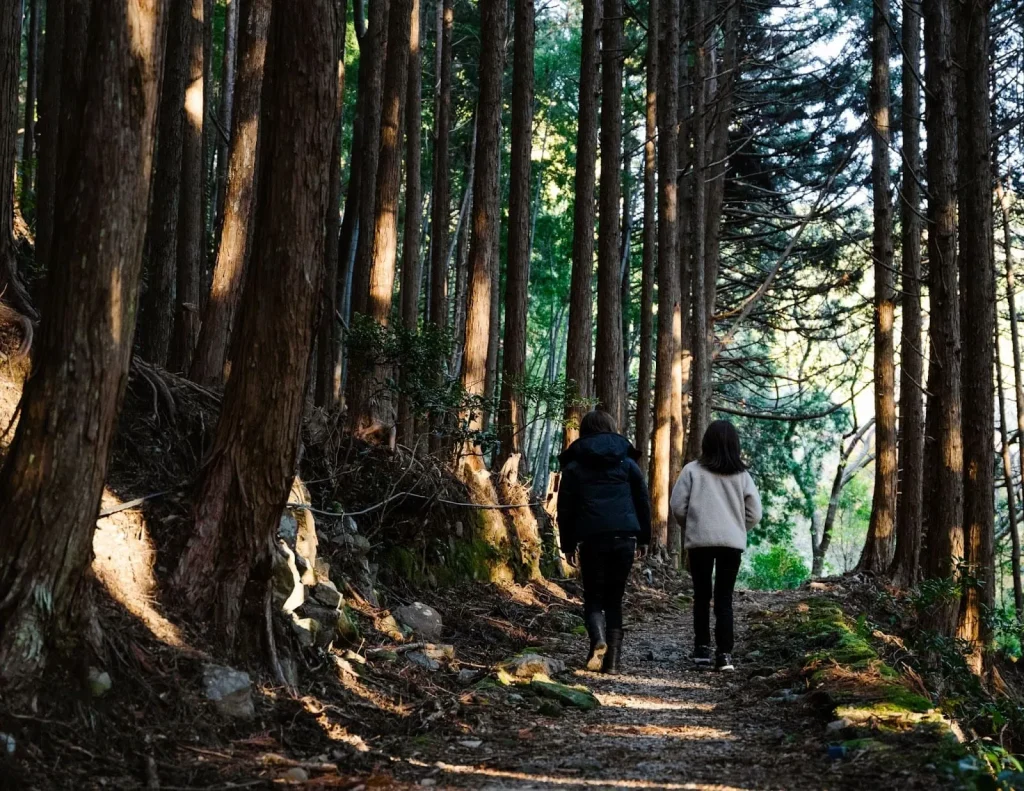
Kumano Kodo, the “Sacred Sites and Pilgrimage Routes in the Kii Mountain Range” was registered as a World Heritage Site in 2004. It is the first cultural landscape in Japan to be listed on the World Heritage List. Kumano Hongu Taisha is part of this Kumano Kodo.
Since Kumano was considered a sacred place to accept and save all people regardless of their social status, including aristocrats, samurai, and ordinary people, many people visited Kumano Sanzan in search of good health, longevity, and wishes. It was even called “Ant Kumano Kodo” because of its resemblance to an ant procession. At the end of the Heian period, there is a record that 3 emperors visited Kumano Sanzan several times.
At that time, it was about 600 kilometers back and forth from the capital, and about a month’s journey to visit Kumano Sanzan. It also said that unlike now, it was a life-threatening journey. Such a harsh “Kumano pilgrimage” meant going to the land of the dead, being reborn, and returning to this world. This is why Kumano Sanzan is called “Resurrection Land.”
What gods are enshrined in Kumano Hongu Taisha?
The same twelve gods are enshrined in the Kumano Sanzan: Kumano Hongu Taisha, Kumano Nachi Taisha, and Kumano Hayatama Taisha.
The main god of the Kumano Hongu Taisha Shrine is Susanoo-no-Mikoto. Susanoo-no-Mikoto is considered the god of trees according to the myth that she pulled out her own hair and raised trees. There is a theory that “Kii-no-kuni” comes from “Ki no kuni” (land of trees).
Red ink stamp and Amulet

You can get two kinds of red ink stamps of Kumano Hongu Taisha and Oyunohara. Every month, a special stamp is issued to suit the season. It has a seasonal design, such as Setsubun in February and cherry blossoms and vegetables in March.
Also, there is a charm called Kumano Goushinpu, which is published in each of the Kumano Sanzans. It is a sacred symbol peculiar to Kumano Sanzan written in crow characters, and each of the three shrines has its design, so try visiting all of them.
Many amulets of Yatagarasu design, which is said to have led to the discovery of the Kumano’s land, are available. Since Yatagarasu is also depicted in the emblem of the Japan Football Association, there is also an unusual species called “soccer keeper.”
In fact, there are only two World Heritage sites registered as “Roads”: the Kumano Kodo and the Santiago de Compostela Pilgrimage Route in Spain and France.
In Kumano Hongu Taisha, you can get amulets in collaboration with Santiago de Compostela. It is a unique charm designed by cartoonist Hirohiko Araki who drew “JoJo’s Bizarre Adventure.” Mr. Araki has visited Kumano Kodo and Hongu Taisha many times, which made him design it. This amulet, which contains a wish for “harmony” among people all over the world, reminds us of the heart that is needed in today’s world.
There is also the Rejuvenation Amulet, which is a charm made from the cypress bark that has been used in this shrine for more than 40 years. This amulet gives you a keen sense of the history of Kumano Hongu Taisha.
Amulets can be sent by mail, but only visitors can receive the red ink stamp.
Kumano Hongu Taisha spots you cannot miss!
There are some spots that cannot be missed when you visit Kumano Kodo.
Kumano Hongu Taisha Grand Shrine
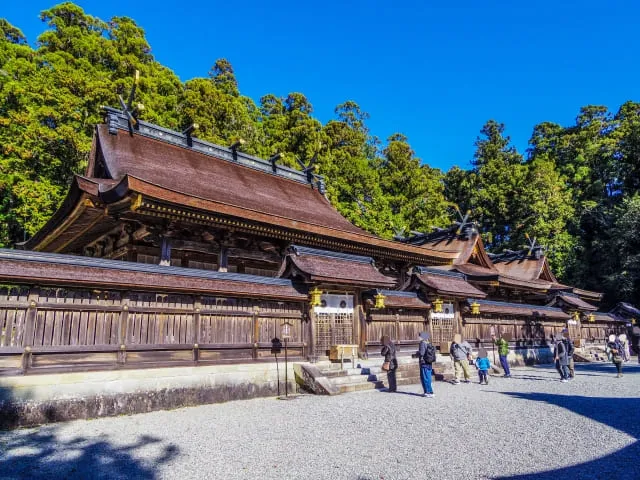
The torii of the approach represents the boundary between the sacred area and the secular world, so you have to bow before going through it. It’s good manners to enter from the far right and exit from the far left. Climbing up the 158 stone steps leading to the main shrine, you will see a very solemn thatched shrine. This is the Kumano Hongu Taisha Shrine, where four of the 12 gods are enshrined.
From left to right, it is the first hall, the second hall… the fourth hall. The order of worship is from the third hall to the second hall, the first and fourth halls. Finally, visit Manzansha Shrine where eight million gods are enshrined.
Opening hours
8:00〜17:00
Oyunohara・The largest Torrii Shrine gate
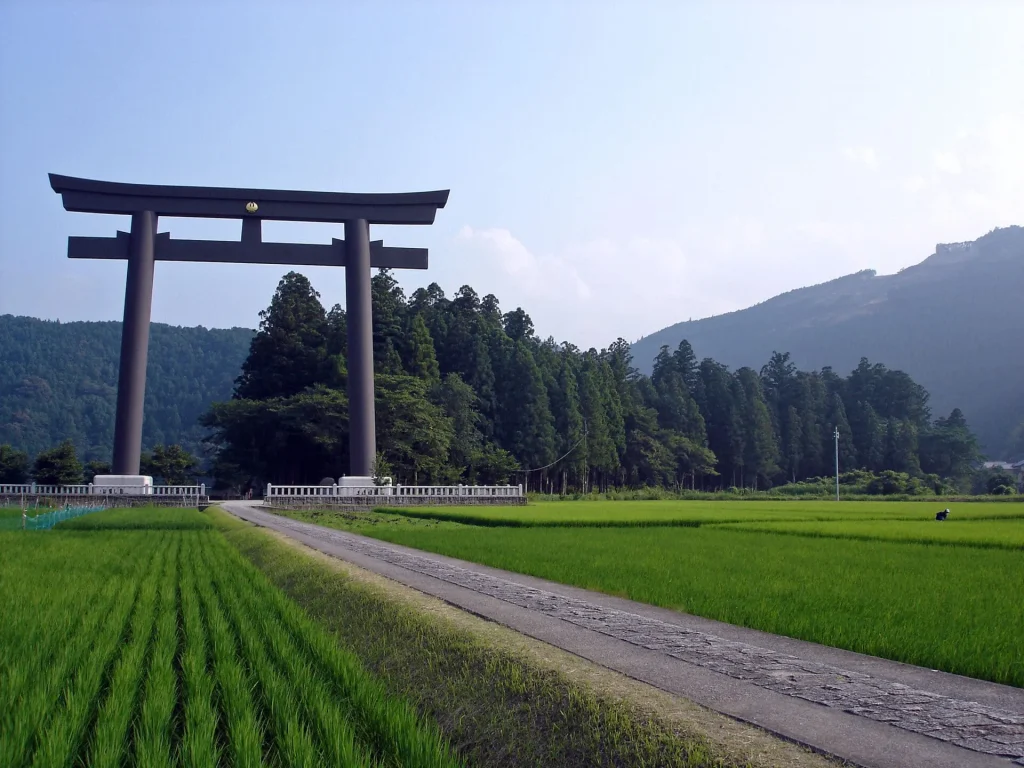
Located about 500 meters away from the main shrine, “Oyunohara” is a 10-minute walk away.
The Otorii, which boasts the highest height in Japan, is 34 meters high! You’ll definitely be surprised by its size. The collaboration of Otorii and Sakura is highly recommended.
If you go through the Otorii, you will see two stone shrines that indicate the site of the former main shrine. Different deities are enshrined on both sides.
The middle four companies
Amenooshihomimino-mikoto・Ninigino-mikoto・Hikohohodemino-mikoto・Ugayafukiawasezuno-mikoto
The bottom four companies
Kagutsuchino-mikoto・Haniyamahimeno-mikoto・Mizuhanome・Wakumuhino-mikoto
Ubutasha
On the way to Oyunohara from the main shrine of Kumano Hongu Taisha is Ubutasha. It is a shrine where Izanami, who is said to have created eight million gods, is enshrined and therefore feels the “power of birth.”
You can get a birth amulet at Kumano Hongu Taisha.
The treasure house
Kumano Hongu Taisha Shrine has survived many floods and fires to this day. You can see precious treasures that survived such as sutras, mandalas, and Noh masks that have been handed down to the present day. Many are designated as important cultural properties of the country and prefecture.
Fee
Adult:300円
Children:100円
Opening hours
8:30〜15:30 (As of March 2022, the exhibition has been canceled.)
Closed days
Irregular holidays(almost no holidays))
Zuihoden
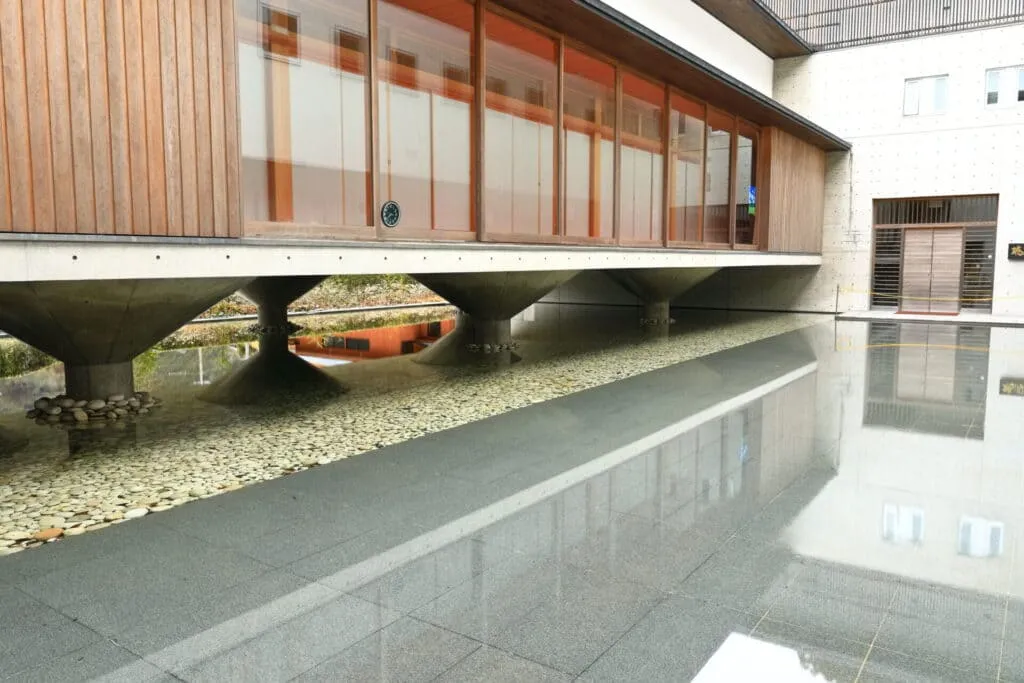
After being damaged by the Kii Peninsula great flood in September 2011, Zuihoden, which was just rebuilt in 2014, has been opened as a training facility for shrines, a resting place for worshippers, and an evacuation site in the event of a disaster.
There are three stores in the building: tea house “Chinchoan”, souvenir shop “Karasuya”, and “cafe alma”, so why don’t you stop by for a short break or look for souvenirs?”
The architectural design built in the image of Yatagarasu is also a must-see.
Opening hours
9:00〜17:00
Three stores inside the building are 9:00〜16:00
Closed days
Irregular holidays(almost no holidays)
“Chinchoan” is closed on Wednesdays, “Karasuya” has irregular holidays, “Cafe Alma” is closed on Tuesdays
Yatagarasu Post
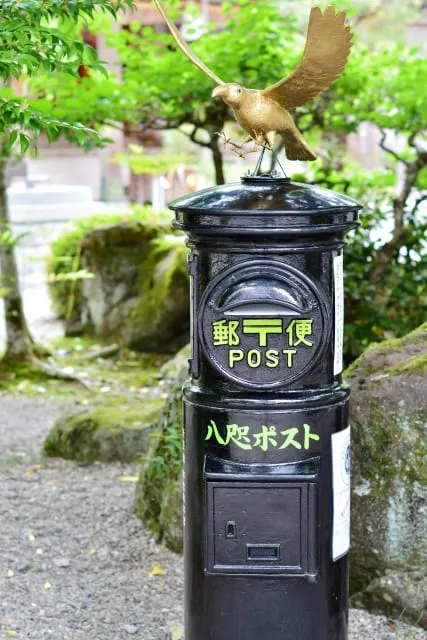
The rare black mailbox placed under the Tarayo sacred tree of the main shrine is called Yata no Karasu Post. In the Heian period, sutras were written down because black lines appeared when Taraba leaves were damaged. It is also the origin of the word “Hagakin (postcard)” and has been established as a postal tree.
Black is valued because it is a mixture of all colors, and it also represents the color of Yatagarasu’s body and the color of the earth in the Hongu shrine.
You can post the “Yatagarasu Post votive picture” that you can receive at Kumano Hongu Taisha. At the company office, you can get a stamp saying “Kumano Hongu, from the place of departure with all your heart,” so it might be a good idea to write letters to family and friends from Kumano to commemorate your trip.”
How do you get there? Access to Kumano Hongu Taisha Shrine
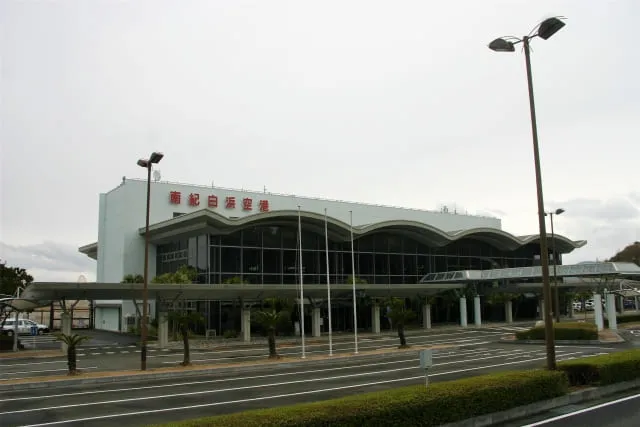
Buses and cars are convenient to get to Kumano Hongu Taisha.
If you want to walk along the Kumano Kodo, which used to be a pilgrimage route, the routes from Tanabe to Nakahechi or from Koyasan to Kohechi are recommended.
Please refer to the article below for recommended trekking courses.
By Bus
Buses are convenient when using public transportation. Ways to get there by the place of departure are listed below.
From Nanki Shirahama Airport
There are four round-trip flights a day from Haneda Airport to Nanki Shirahama Airport. Airplanes are convenient for people coming from Tokyo! Bus service hours are set according to the arrival and departure times, but you need to be careful because there is no connection.
The bus route to Hongu Taisha is shown below but stops at famous places such as Takijiri-oji, Gyuba-doji, Chikatsuyu-oji, and Yunomine Onsen on the way. You can also enjoy trekking for several hours from there.
From Nanki Shirahama Airport, get on the Meiko Bus/Kumano Kodo Rapid Transit car and get off at ‘Honogu Taisha-mae’ (time required: 3 hours and 10 minutes)
Fee
2,550 yen
From JR Kii Tanabe Station
If you’re coming from the Kansai area, we recommend taking a train route from Shin-Osaka Station to Kii-Tanabe Station. In that case, use the bus departing from JR Kii-Tanabe Station. It runs five times a day.
Take a bus on the Kumano Hongu Line from JR Kii Tanabe Station and get off at ‘Hongu Taisha-mae’ (time required: approximately 2 hours and 10 minutes)
Fee
2100 yen
From Yunomine Onsen
You can also go to Kumano Hongu Taisha by bus if you stay at Yunomine Onsen.
Take a bus on the Kumano Hongu Line from Yunomine Onsen Bus Station and get off at ‘Hongu Taisha-mae’ (time required: 15 minutes)
Fee
310 yen
From Koyasan
There is a pilgrimage bus service from April to November every day. It leaves Koyasan Station at 9:45 and arrives at the Hongu Taisha-mae bus stop at 14:22.
Fee
5,000 yen
By Car
There are two parking lots available for private cars or rental cars, and one parking lot near the main building for disabled people.
Parking Lot Address
“Ki no Sato parking lot” and “Zuihoden Parking Lot”(地図)
“Kumano Hongu Taisha Free parking lot”(地図)
Time required
Approximately 4 hours from Matsubara JCT
Approximately 1 hour and 15 minutes from Kise Expressway Kamitonda IC
Fee
Free (no reservation required)
